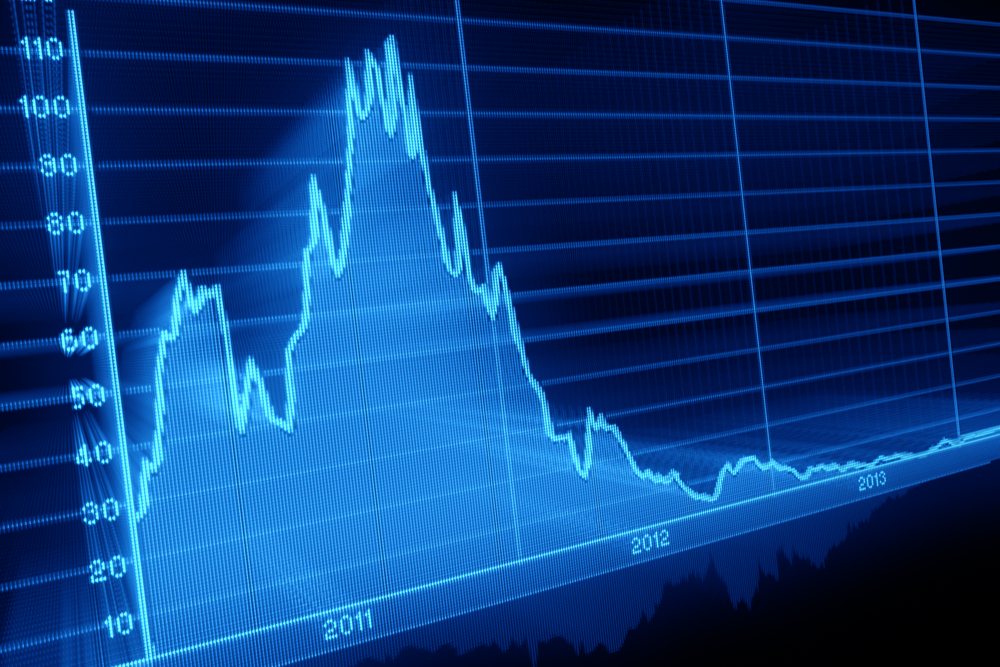Wall Street Drifts as U.S. Stocks Slip

Author: Jeffrey Taylor
Last Updated: 20 May 2021
Stocks on Wall Street slipped earlier this week. There was a marked slide in oil and other energy companies, and the slide weighed on a market that has been drifting sideways since establishing a record earlier in the month. On Tuesday, the Dow lost 1.4 percent, slipping 474 points on the day. This drop is the largest single-day drop since late February.

Fear that rising consumer prices may force up interest rates, also caused steep declines in European bourses.
The S&P 500 index ended the day down slightly less than one percent. The strongest declines were in the energy and industrial sectors. The Nasdaq composite which focuses primarily on the tech sector was also down, dropping 0.6 percent on the day.
Over the last six or seven months, many investors have shifted their portfolios dramatically. Many have bought up stock in companies hard-hit by COVID but are expected to benefit significantly from an anticipated recovery next year.
Boosted by the $120 billion of asset purchases by the Fed, the S&P 500 has picked up about 85 percent since last March. The government has plowed trillions of dollars into economic stimulus packages and massive rollouts of coronavirus vaccines.
However, the last several weeks have seen a marked slow-down in momentum. Francisco Sandrini, a senior strategist at Amundi, believes investors are attempting to assess whether the rather lengthy market rally is further to run.
The Immediate Future is Foggy
Sandrini went on to say, “We are perched on a foggy plateau, we cannot see if there is room to go up or whether the market is preparing to descend.” He went on to say, “I am cautious the cycle is about to change.” Sandrini added, “With the narrative in the U.S. markets moving to a slowing recovery, coupled with a rise in inflation, there is a chance these factors would erode any real returns from stocks and bonds.”
There has been increased activity from traders who are actively purchasing options contracts (puts), that are designed to provide protection should there be a decline in the U.S. equity market. The “put-call” ratio measures the volume of derivatives contracts traded daily. This ratio jumped last week and remains above the average for the last six months.
The Institute for Supply Management provides an activity index. The index is important to traders as it shows signs that economic growth is either gaining or losing momentum. The index hit a record high of 63.7 in March, in April the index moderated somewhat to 62.7. Since hitting its record earlier in the month, the S&P 500 has dropped 2.5 percent.
The Federal Reserve in Philadelphia surveyed several professional forecasters. The expectation is a jump of 2.3 percent average consumer price inflation, above the central bank’s target for the next 10 years. U.S. consumer inflation in April rose over four percent over April of last year.
Commodities Up
Brent crude, the global benchmark for oil, rose briefly on Tuesday to slightly above $70 a barrel. The increase was short-lived, the price slipped to $68.75 after the British Broadcasting Corporation (BBC) let it be known that progress was made on Iranian nuclear talks. If you have ever been interested in oil trading, I encourage you to read this oil trading app review before you get started.
Spot gold, meanwhile, was pegged at $1,875 per ounce. This is the highest level gold has seen since January. Later in the day, the price retreated slightly, closing at $1,870 in New York.
The yield on the 10-year Treasury Bond in the U.S. slid 0.09 percent, down to 1.64 percent late Tuesday. From the first of the year, the yield on Treasury Bonds has risen from 0.9 percent.
The U.S. dollar sank 0.4 percent, lifting the Euro 0,6 percent against the U.S. currency to $1.2224. The British pound rose to $1.4220, the strongest since late February.
BWCEvent aspires to share balanced and credible details on cryptocurrency, finance, trading, and stocks. Yet, we refrain from giving financial suggestions, urging users to engage in personal research and meticulous verification.


